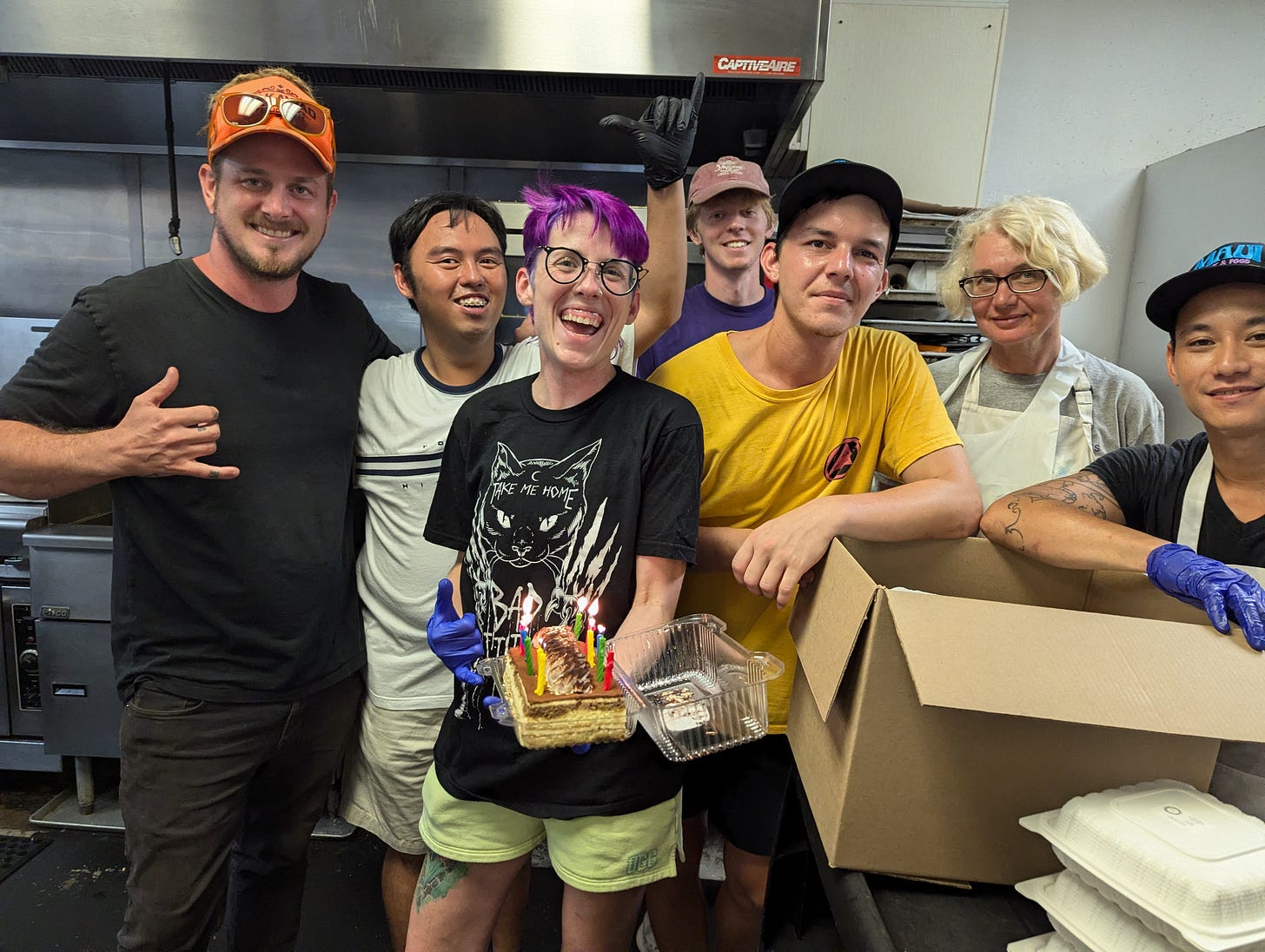The Hidden Cost of Convenience: How Gig Economy Apps Quietly Drain Your Community
A data-driven look at how the platform economy extracts value from restaurants, workers, and customers—and how mutual aide flips the equation
Welcome to the De-Dasher Diaries where we compare and contrast two worlds living side-by-side today: one that slowly saps the soul and drains the community and one that nourishes the soul and strengthens the community. As a driver for DoorDash and a team member and driver for Helping Hungry Heros (HHH) a mutual aide group on Maui I have walked in both worlds. The math (economic, social, and spiritual) that divides two is clear and compelling.
Introduction: Two Deliveries, Two Futures
It’s a Tuesday evening. In a mid-sized American city, two people order dinner—one through DoorDash, the other through a community-run mutual aide food delivery service.
The DoorDash customer scrolls through a list of restaurant options, craving something familiar. A burger, perhaps, or a quick sushi roll. Within thirty minutes, their food arrives at their doorstep, but at a cost: a $25 meal swells to nearly $40 after fees, taxes, and a tip for the driver. The driver, an independent contractor, has already delivered five meals today but has barely made minimum wage plus gas.
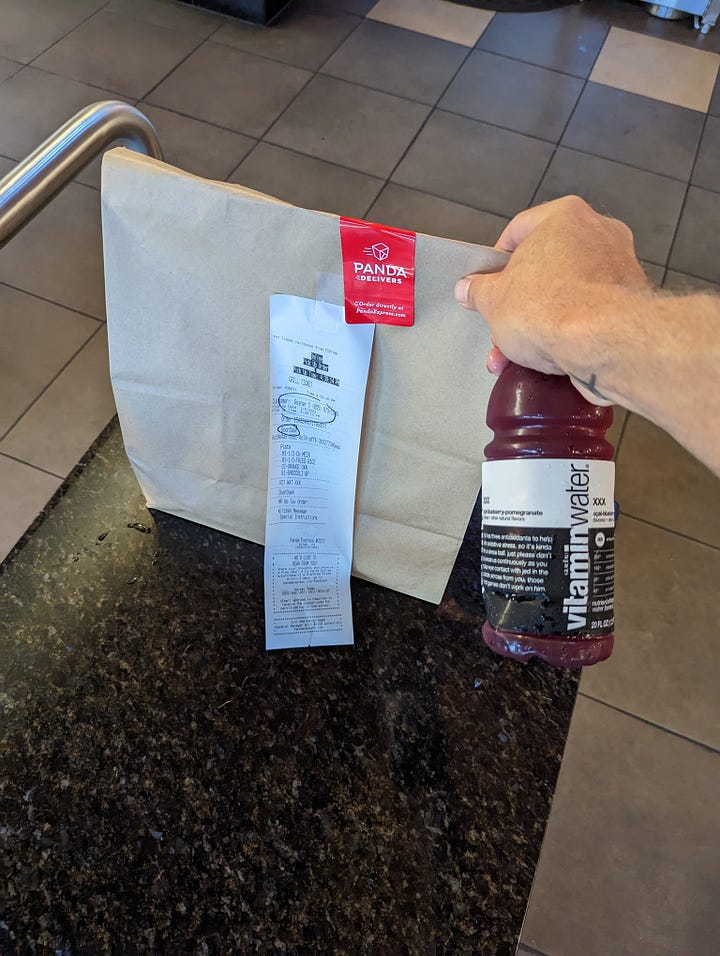
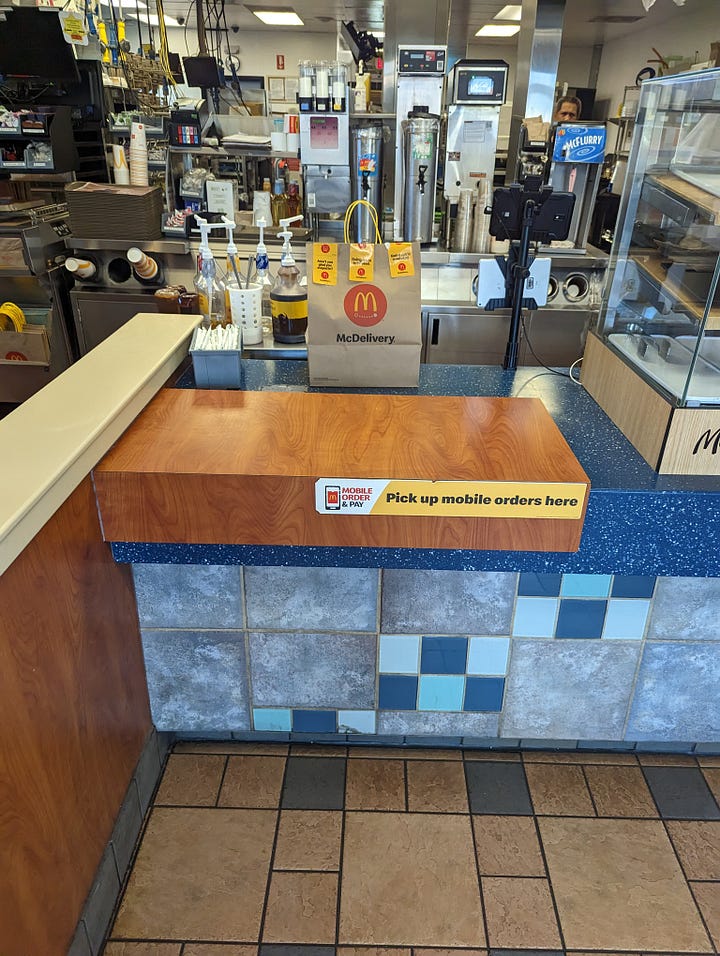

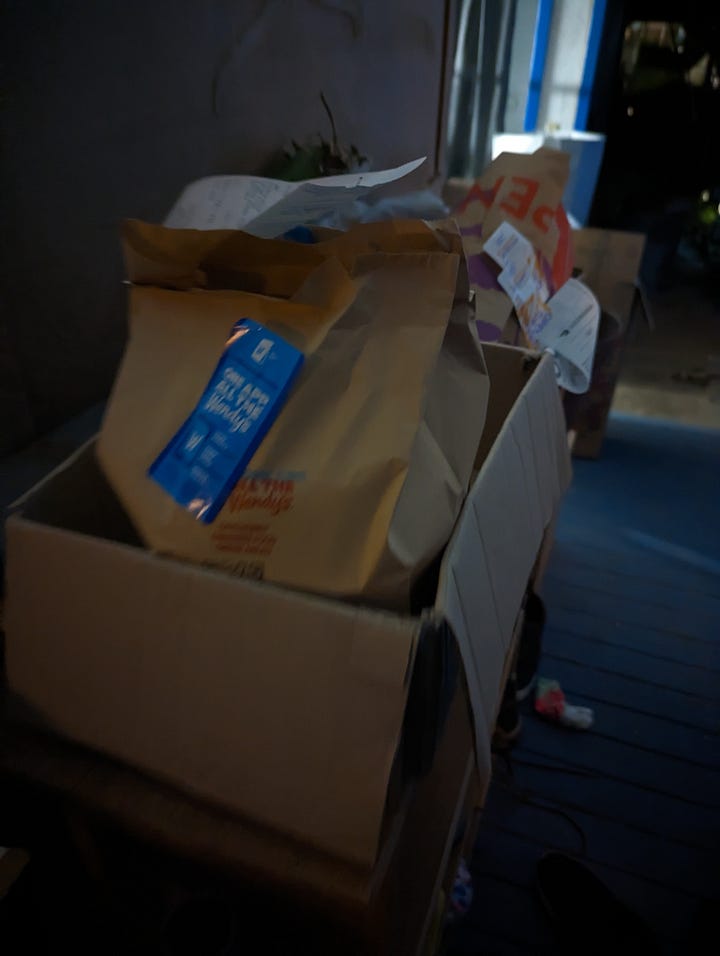
Across town, another customer waits for their dinner. Their meal was decided earlier that day by the mutual aide kitchen, based on what ingredients were available from local farms and surplus donations. The menu is set, but the food is wholesome, locally sourced, and nutritionally balanced. There are no service fees or tips. The drivers—on salary with insurance and fuel covered—follow an optimized route, dropping off multiple meals at once. The total cost? Free for those in need and $10 would be a welcome donation to help cover operational costs. Volunteers, donations, and grants power most mutual aide operations.
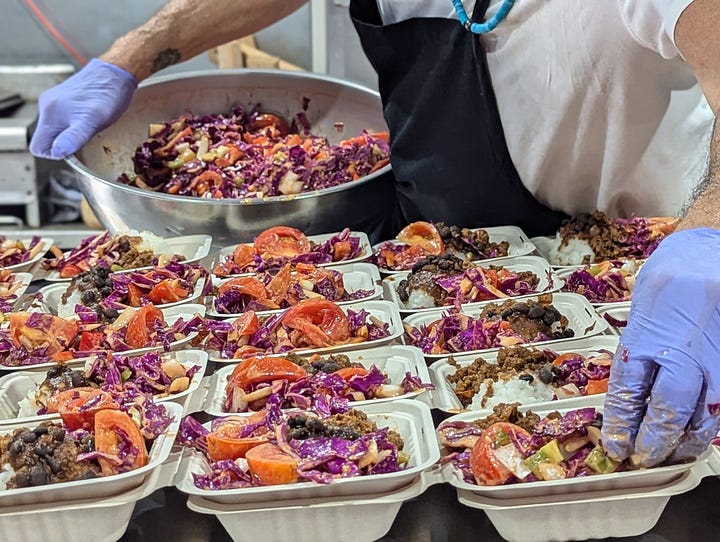
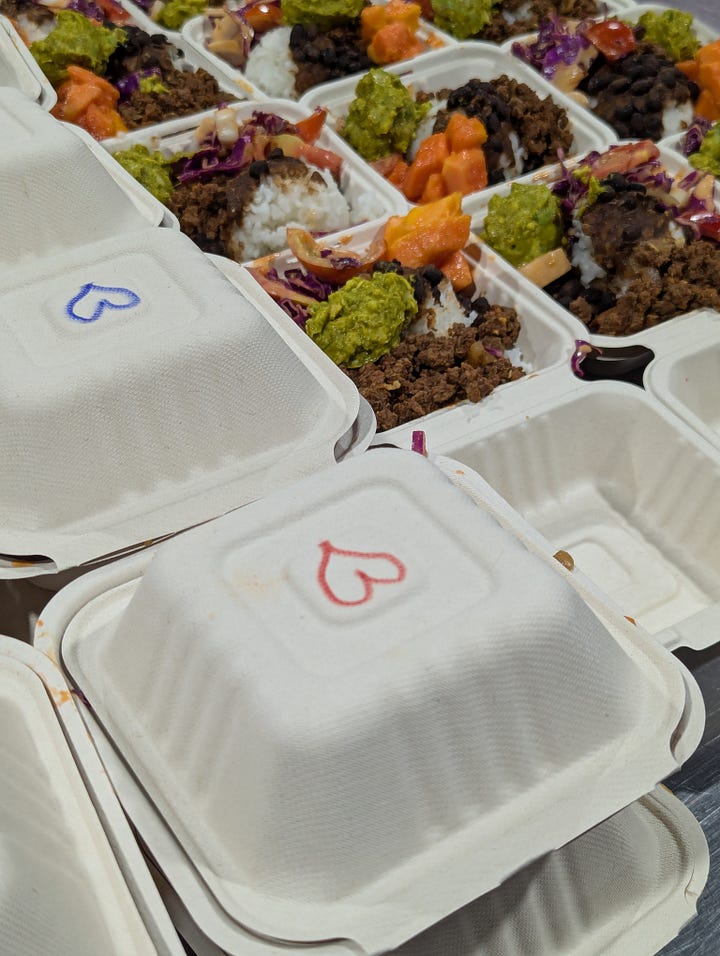
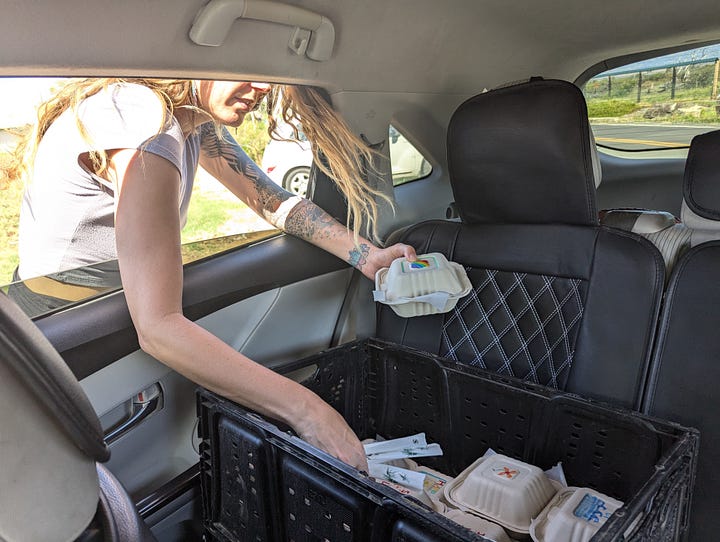
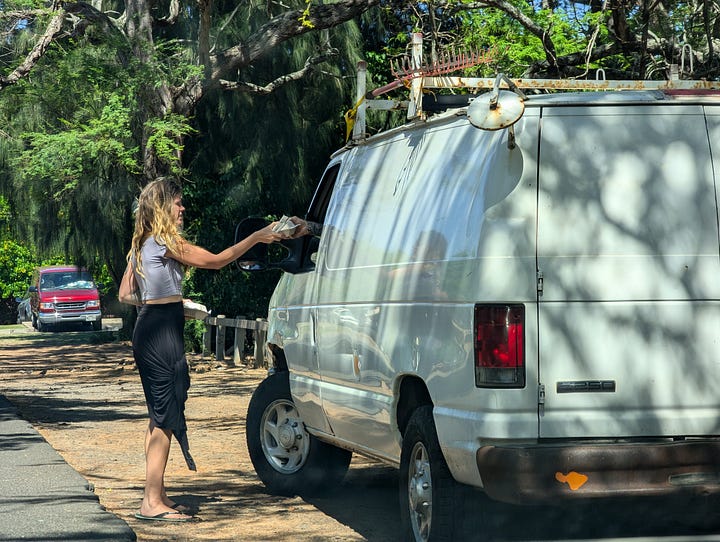
On the surface, these two transactions seem to represent different consumer preferences: one prioritizing convenience and choice, the other favoring affordability and sustainability. But beneath these decisions lies a broader economic story—one about who benefits, who pays, and how food delivery has become a system of wealth extraction rather than sustenance.
Mutual aide models aren’t just an alternative to corporate food delivery; they fundamentally change the flow of money, value, and labor. Using a Value–Price–Cost (VPC) framework, we can analyze how these systems function differently—and why one quietly drains communities while the other reinvests in them.
Historical Context: The Evolution of Food Delivery and Economic Extraction
The act of delivering food has deep historical roots. For centuries, communal kitchens, monasteries, and villages pooled resources to prepare and distribute meals, particularly for those in need. It wasn’t until the rise of urbanization and industrial economies that food delivery became commodified—first through takeout services in the early 20th century, then through pizza delivery in the 1960s, and later through the gig economy explosion of the 2010s.
The platform model—exemplified by Uber Eats, DoorDash, and Grubhub—emerged from a Silicon Valley ethos: identify an inefficiency, insert a scalable technology layer, and extract a fee from every transaction. The system was designed not to optimize for food quality, worker livelihood, or community resilience, but for profit maximization.
What resulted was a radical shift in economic control.
Restaurants, once in direct control of pricing and customer relationships, became dependent on third-party platforms that took 30% or more of their revenue.
Delivery drivers, who traditionally worked as employees with wages and benefits, were reclassified as independent contractors, absorbing costs that had previously been covered by employers.
Consumers, drawn in by initial convenience, began paying artificially inflated fees to cover the system’s inefficiencies.
Thus, a simple meal delivery transformed into a wealth-extraction pipeline—one where value flowed upward to investors rather than circulating within the local economy.
Mutual aide models, on the other hand, flip this equation.
Mathematical Model: The VPC Equation
To quantitatively compare these two systems, we use a modified Value–Price–Cost (VPC) equation:
Where:
Vc = Value to the consumer (e.g., convenience, meal quality)
Vr = Value to restaurants/providers
S = Social capital (community reinvestment, food security, sustainability)
P = Price paid by consumer
C = Internal cost of operations
E = Externalized costs (fuel, vehicle wear, environmental impact)
Using projected data from food delivery transactions:
Profit-Driven Model (DoorDash Example)
Mutual Aide Model
In this scenario the mutual aide model generates over five times the net value per transaction compared to a profit-driven model.
Why? Because it removes extraction layers, minimizes externalized costs, and internalizes economic benefits.
Scaling Efficiency: The Power of Bulk Preparation & Route Optimization
Another key advantage of mutual aide models is scalability through batch efficiency.
Whereas DoorDash operates on a per-order basis, with each driver assigned individual trips, a mutual aide system leverages:
Centralized Meal Preparation
Ingredients sourced in bulk, reducing per-unit food costs.
Meals prepared based on available supply rather than market demand, eliminating food waste.
Optimized Routing for Delivery
Instead of one-to-one delivery, drivers follow fixed routes, delivering multiple meals per stop.
This minimizes fuel costs and reduces miles driven per meal.
Mathematically, we define per-meal cost efficiency as:
As the number of meals delivered per trip (N) increases, cost per meal (Ci) declines exponentially.
For example, in a DoorDash model, delivering 10 meals may require 10 separate trips, incurring 10x the fuel cost and 10x the driver burden. In a mutual aide model, delivering those same 10 meals may require only two optimized trips, cutting per-meal delivery costs by 80%.
This scaling efficiency fundamentally breaks the per-trip fee model that gig platforms rely on, making the mutual aide system significantly more cost-effective over time.
Human Impact: The People Behind the Economics
Case 1: The Driver’s Perspective
Under DoorDash, Sam drives 150 miles per day, completing 20 deliveries. His earnings fluctuate, but after gas and vehicle costs, his take-home pay barely exceeds minimum wage. He has no benefits, no paid sick leave, and no control over pricing.
Under the mutual aide model, Sam is salaried. He drives a fixed, optimized route, delivers meals in batches, and his insurance, fuel, and maintenance are covered. He makes 30% more per hour than under DoorDash and has full health coverage.
Case 2: The Restaurant’s Perspective
Under DoorDash, Mama Dee’s Diner pays a 30% commission on every order. The platform controls pricing and branding, making it impossible for her to retain direct customer relationships.
Under the mutual aide model, Mama Dee gets 100% of revenue. Her overhead is lower, she works directly with local farms, and her long-term sustainability is secured.
Conclusion: Reclaiming Economic Agency
The mutual aide model isn’t just an alternative—it’s a blueprint for economic restructuring.
It preserves wealth locally rather than extracting it for investors.
It eliminates unnecessary fees, making food access more affordable.
It creates stable jobs with fair wages, benefits, and security.
It minimizes externalized costs, improving environmental and economic sustainability.
At scale, mutual aide delivery is not just viable—it is superior in efficiency, equity, and long-term value creation.
In a world where convenience has been weaponized for wealth extraction, mutual aide models offer a pragmatic, mathematically sound path forward—one that returns power back to the communities that food delivery was meant to serve.
Web Hooks:
"The Food Delivery Industry Is Robbing You Blind—Here’s the Math to Prove It"
(A deep dive into the hidden costs of gig economy food delivery and the smarter, cheaper alternative that’s gaining traction.)"What If You Could Get Restaurant Meals for Half the Price—And Help Your Community Thrive?"
(The secret behind mutual aide food delivery that cuts costs, supports workers, and reinvests in local businesses.)"DoorDash vs. Community Food Delivery: We Did the Math, and the Results Are Shocking"
(A detailed comparison of profit-driven food platforms and mutual aide models—who really wins, and who loses?)"How a Small Change in Food Delivery Could Save You Thousands—and Transform Local Economies"
(The hidden economic model that’s revolutionizing food access, one community at a time.)"Your DoorDash Order Costs Way More Than You Think—Here’s the Cheaper, Smarter Alternative"
(An inside look at how mutual aide food delivery slashes costs, eliminates hidden fees, and builds stronger communities.)"Why Every DoorDash Order Funnels Money to Wall Street—And How Communities Can Take It Back"
(A breakdown of how corporate food delivery extracts wealth from local economies—and the grassroots alternative that keeps money where it belongs.)"Food Delivery Doesn’t Have to Exploit Workers—A Better System Already Exists"
(How mutual aide models are proving that fair wages, lower prices, and sustainable food systems aren’t just possible—they’re more efficient.)"The Hidden Cost of Convenience: How Gig Economy Apps Quietly Drain Your Community"
(A data-driven look at how the platform economy extracts value from restaurants, workers, and customers—and how mutual aide flips the equation.)"Your Food Delivery App is a Wealth Extraction Machine—Here’s the Cheaper, Fairer Alternative"
(Mutual aide models are delivering meals, creating stable jobs, and keeping businesses afloat—all without feeding venture capitalists.)"From Profit to People: The Radical Economics of Mutual Aide Food Delivery"
(A comparative analysis of two delivery systems—one designed for investor profit, the other for community survival.)
DoorDash Revenue Growth:
2024: DoorDash reported annual revenue of $10.72 billion, marking a 24.17% increase from the previous year.
2023: The company generated $8.64 billion in revenue, a 31.17% rise from 2022.
2022: Revenue stood at $6.58 billion, reflecting a 34.68% increase from 2021.
Employee Compensation:
Delivery Drivers (Dashers): On average, Dashers in the United States earn approximately $4,390 per month, which is about 59% above the national average for delivery drivers.
Corporate Employees: The average annual salary at DoorDash is around $97,100, with positions ranging from $54,594 to $159,382.
Software Engineers: Compensation for software engineers varies widely, with some positions earning up to $1,035,000 annually, depending on experience and role.
Legal and Economic Implications:
Despite its financial success, DoorDash has faced legal challenges regarding its compensation practices. Notably, the company agreed to pay $16.75 million to settle allegations in New York that it misused customer tips to subsidize delivery workers' base pay between 2017 and 2019.
This settlement highlights the ongoing debates about labor practices within gig economy companies and emphasizes the importance of transparent and fair compensation structures.


